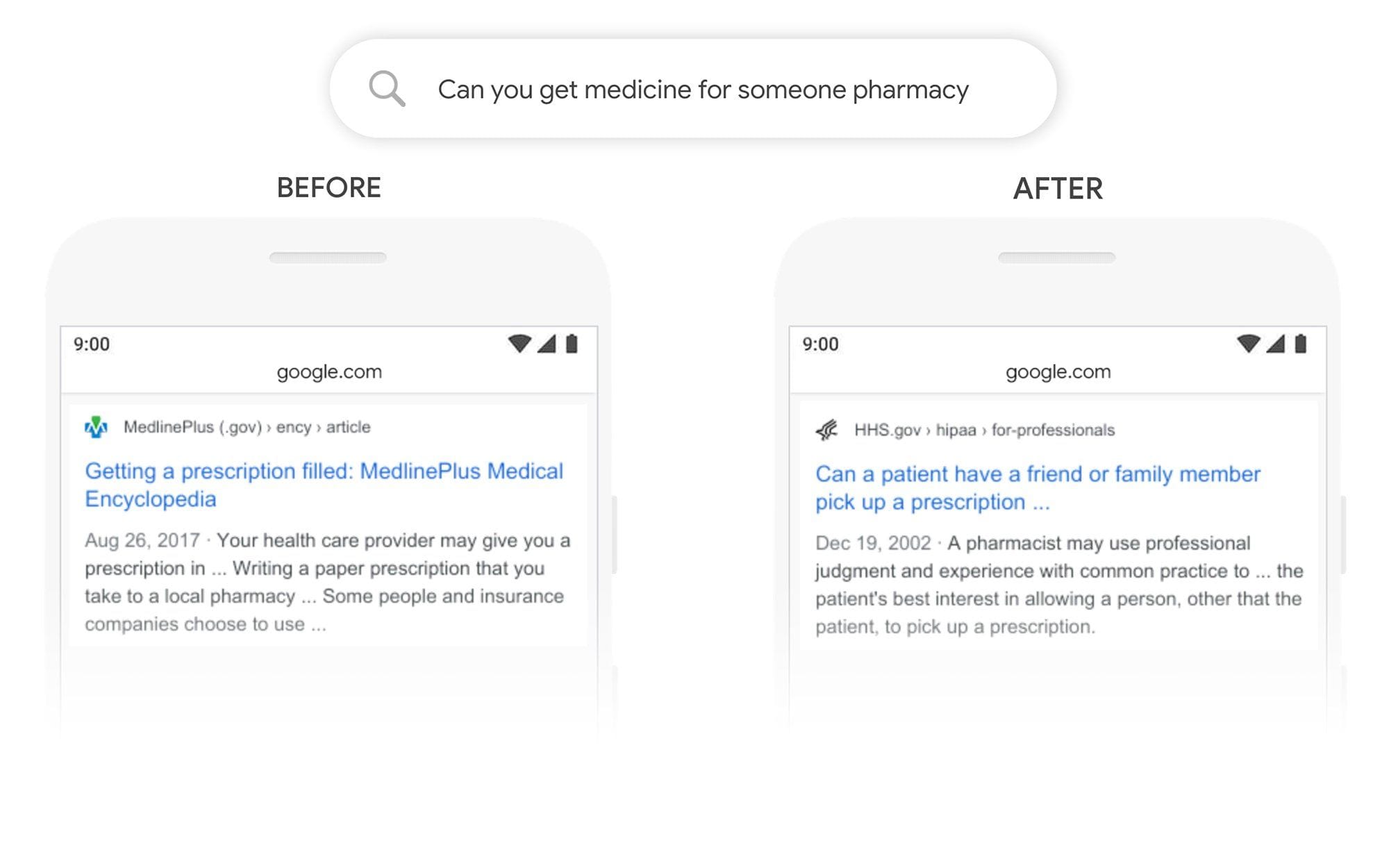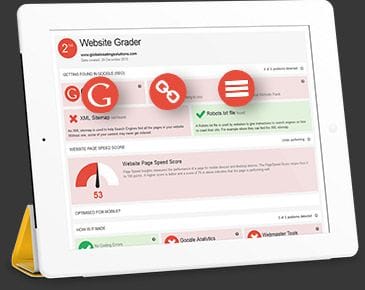Understanding BERT - Google's Search Algorithm Update
)
In late October 2019, Google released BERT, their newest search algorithm update. This update is changing the way search engines operate and the results it serves users. BERT is ushering in a new age of search that you need to take note of.
So, what is BERT? Where did the BERT framework come from? What does the BERT update do? Does it affect your website? We'll dig into those questions to help you understand what this means for your business and the future of search.
What is the BERT?
The acronym BERT stands for bidirectional encoder representations from transformers quite the mouthful of super-technical mumbo-jumbo right?
BERT is a framework built for natural language with self-learning capacities that give it the unique ability to enhance its understanding over time. The framework allows BERT to understand and learn natural language beyond its predecessor RankBrain. It also allows BERT to understand context, multiple meanings, disambiguation, and therefore, intent.
By better understanding intent, search engines are about to change from keywords to sentence. At its very core, BERT processes words in relation to all other words in the query, not word-by-word in order.
Where did BERT come from?
Natural language understanding (NLU) has faced many issues over the 60+ years of its existence, namely around lexical ambiguity, due to the multiple meanings words have in the English language. This challenge has carried into the digital world with its constant flow of content. Because lexical ambiguity lies at a sentence level, not the word level (where words with multiple meanings cluster to make phrases), these conundrums are difficult for search engines to understand.
Machines don't understand the context or word connections we humans find natural. For example, we can use the term "bank" can mean a financial institution or the edge of a river, and only in the context of a sentence do we understand which version to use. Because words happen during conversation, we take cues from the topic, but search engines struggle to understand which version you're referring to without additional context. Further, words like "get", "for" or "run", for example, can be even trickier for machines.
(Enter BERT, Stage Right) The BERT framework learns language through 'bidirectional' training on 2.5+ billion words from the English Wikipedia. The bidirectional portion implies that, unlike older models which analyzed queries in one direction, BERT can scan a query back and forth and build context around it. This framework allows it to understand text cohesion which it learns over time, unsupervised, for better natural language comprehension.
But enough technical details, let's get to search and hwo it may impact you...
What does BERT do for the Search Algorithm?
BERT's main purpose is to upgrade search results and increase their value. By value we don't mean monetary, but informational or, relevant search results that answer the question. Understanding the words in relation to the sentence allows BERT to serve accurate results. Here's an example Google provided with its update:

See the improvement in the result? Before, the answer would be simply about filling a prescription, but nothing about filling it for someone else, probably really frustrating for the searcher. BERT utilized the word for to add better context to the question and deliver a more relevant answer.
Here's another example from Google:

Again we see a search swing-and-miss on the complete context of the question, glossing over 'with no' to answer how to park on a hill but include the term 'curb'. BERT includes 'with no' to dish out a more relevant result.
How does BERT affect your website?
BERT will affect about 10% of searches. Of that 10%, it will mainly impact top-of-the-funnel keywords and informational searches. One of the main elements it may affect is your content itself if you have a keyword strategy in place, make sure your content is informational and concise. If your website and its content focuses on generic keywords, start thinking more granular. BERT spells the beginning of the end for generic informational searches.
BERT won't affect transactional or navigational searches (these are searches that may involve your brand name or specific product you offer) but it is changing the discovery phase of your potential customers.
How do I make sure my content is BERT approved?
Shorter blogs answering a specific question (phrased naturally) will help you focus your content while providing relevant content. Be specific and create better answers than your competitors. If you're not sure where to start, consider your customers what makes them your customers? What do you provide that no one else can? If you're a plumber, stop focusing your keyword strategy on terms like "Plumbing Emergency" and aim to answer questions like "do plumbers provide emergency plumbing services" or "what plumbing issues require immediate service".
As BERT learns from the millions of searches Google processes, it will become better at serving answers to your potential customers and you'll want to be at the very top when they're discovering these answers.
Are you ready to start developing content that's BERT-ready, but not sure where to start? Contact the experts at Bloomtools to discuss your unique business needs and let us help you uncover your website's untapped potential.
) Author:Boaz Willinger
Author:Boaz Willinger| Tags:Search Engine OptimizationOnline MarketingWebsite Performance |




)
)
)
